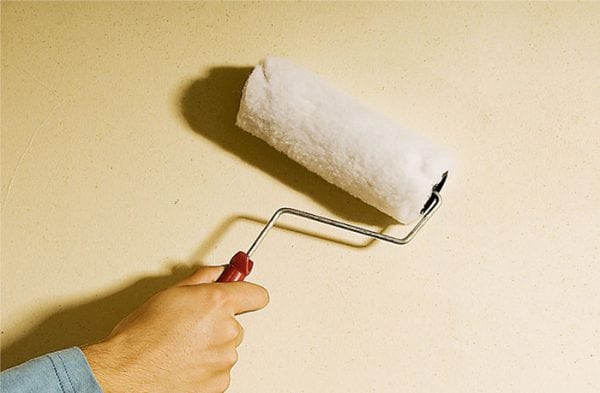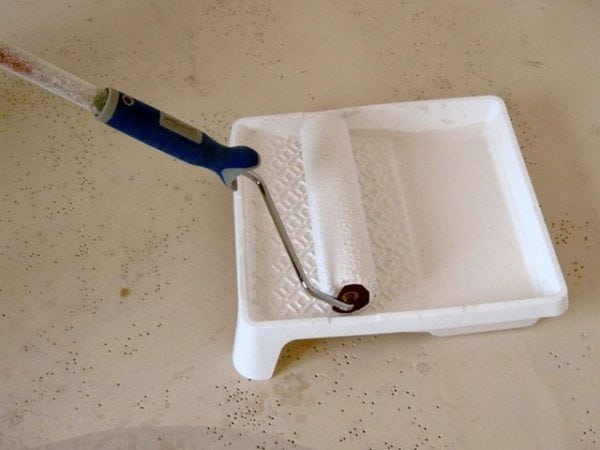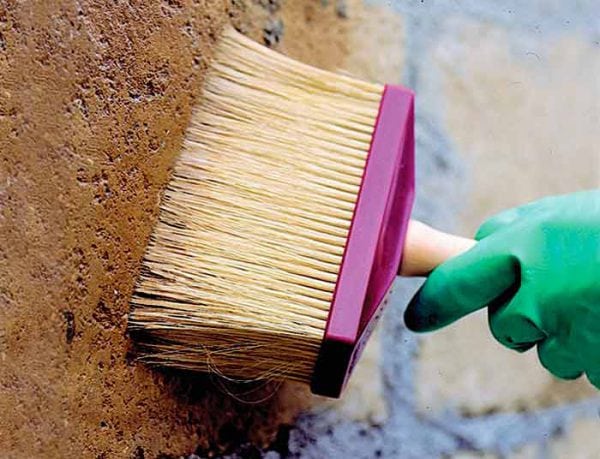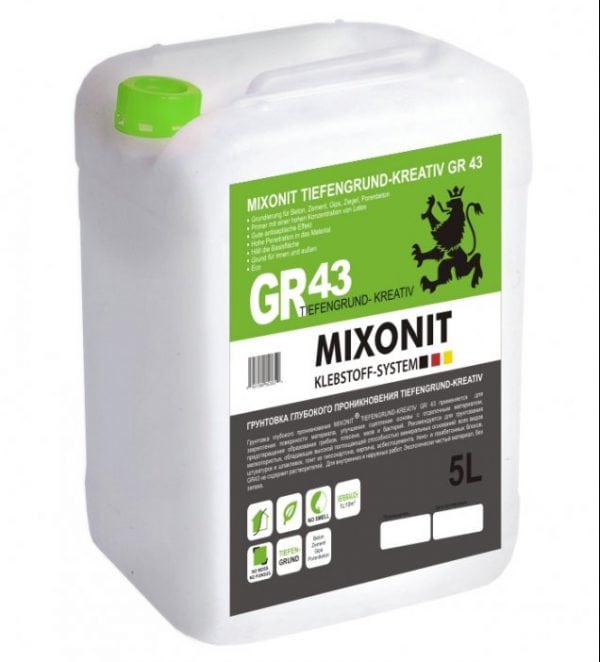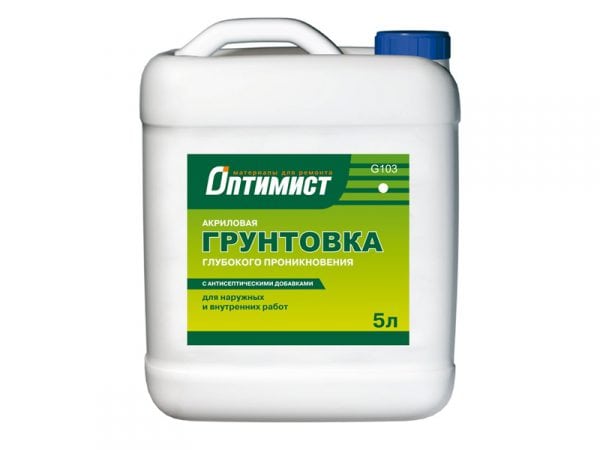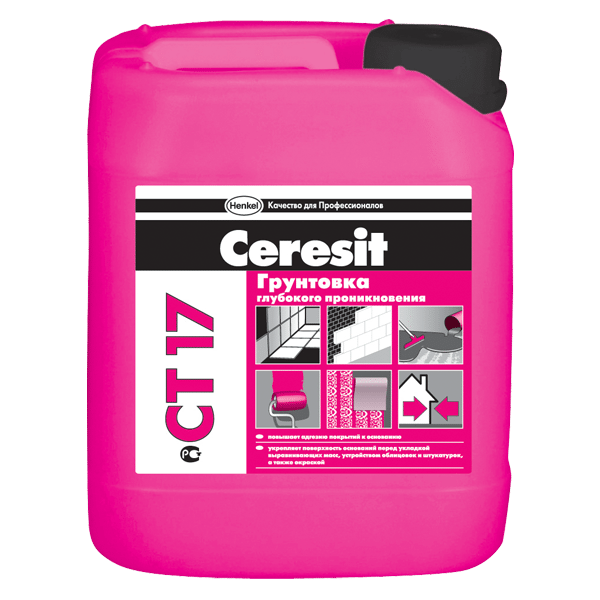Deep penetration primer is a special composition used to improve the properties of loose and porous substrates. Below, we will consider the general characteristics of deeply penetrating soils, talk about how to use them, and also give an overview of the most popular brands on the market.
- general information
- Operating principle
- Composition
- Specifications
- Fields of application
- Primer instructions
- Overview of Popular Primers
- "Mixonit GR 43"
- "Pro-acryl-primer"
- "Optimist"
- "Ceresit"
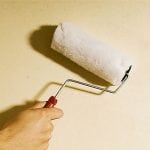
general information
Primer compositions perform the following functions:
- Reduce the absorption of finishing materials, as they fill the pores of the surface. As a result, paint, varnish or glue are not wasted, but remain on the surface of the material.
- Increase adhesion (the ability of materials to adhere). Although it is worth making a reservation: if we are talking about cement plaster, then the adhesive properties will become worse, since the cement milk does not absorb into the pores - because they will already be filled with a primer.
- Strengthen the base, penetrating deep into the structure of loose and porous surfaces. The soil, as it were, binds together the disparate elements of the base. Reduces the likelihood of shedding of plastered surfaces, peeling whitewash, chipping mortar at the seams, etc.
Operating principle
The above properties of soils are explained by their chemical composition. Acrylic based aqueous dispersion penetrates deep into the pores of the material. Another component of the mixtures - polymers - contributes to an increase in the so-called capillary effect, which affects the penetration depth. When the moisture evaporates, small particles of resin stick together, resulting in long threads that serve as a kind of frame that holds the material together.
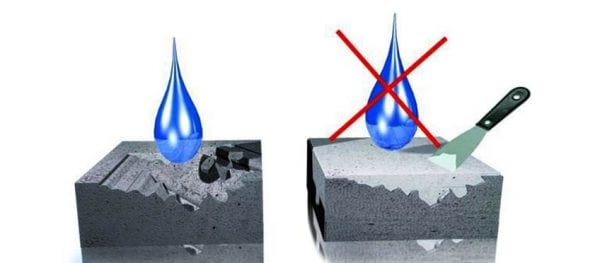
Composition
The composition of deep-penetrating primers includes the following components:
- Water. Only water-based primers are available on the Russian market.
- Acrylic resins. They act as a bonding element.
- Polymers They provide good wetting of the treated coating and allow the soil to penetrate to the maximum depth.
As an option, the following components can be added to the ground:
- Fungicides that act as antiseptics. The antiseptic properties of the soil prevent mold and mildew. Such mixtures are especially useful if the surface will be operated in conditions of high humidity.
- Latex, which increases the adhesion of small-sized surfaces. Latex also improves adhesion of low-porous materials.
- Silicone gives the base water resistance.
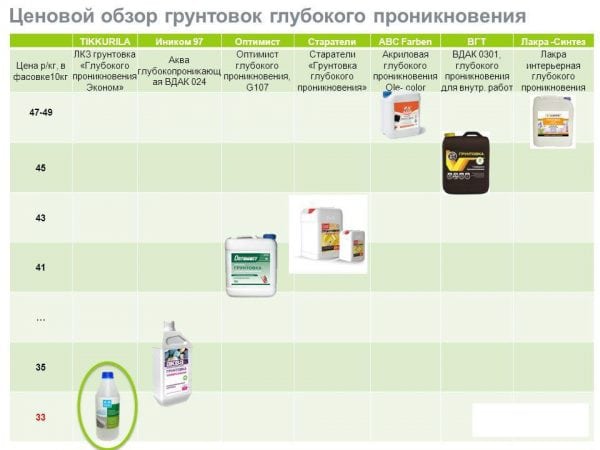
Specifications
The properties of deep penetration primers vary depending on the specific composition. However, some technical properties are similar for all soils.
The content of non-volatiles can range from 12 to 20 weight percent. The main part of the mixture is diluent - water.
Note! Some manufacturing companies offer the market concentrated anhydrous mixtures. Such compositions are diluted with water immediately before use in proportions from 1 to 1 to 1 to 5.
The primer density indicator is equal to the density of water (kilogram per cubic decimeter). In some cases, the density of the mixtures may slightly exceed the density of water.
The approximate consumption of a deep penetration primer can range between 100 and 200 grams per square meter. Moreover, the same soil can be consumed in different quantities, depending on the absorbing capabilities of the substrate.
The drying time of the primer depends on its composition, namely on the percentage of the water base. Well-soaked materials dry for 1 to 3 hours. Optimum indicators for quick drying of the surface: air temperature - about 20 degrees above zero, atmospheric humidity - 70%.
to contents ↑Fields of application
As mentioned above, deep-penetrating soils are primarily used to strengthen loose and porous substrates. These materials include the following materials:
- Cement plaster before painting. Priming helps to avoid surface shedding and also reduces the absorbency of the material.
- Brick for painting. Soil protects seams from spalling.
- Wallpaper sticker on lime whitewash. Due to the interaction with acrylic resins, whitewashing will not peel off due to changes in humidity and mechanical loads.
In some cases, the use of deep-penetrating primers is at the discretion of the master:
- If the plaster is applied to the shell material, the spray (the rough layer of the plaster) will hold well on the surface, despite its high porosity.
- Monolithic concrete, concrete screed, aerated concrete, oriented particle boards and particle boards can be treated with quartz sand primers. Although such compositions do not penetrate too deeply, in spite of this, the surface acquires a pronounced roughness, which ensures excellent adhesion.
Primer instructions
The following is a sequence of steps for applying a primer:
- We clean the surface from pieces of peeling paint or plaster. We use a hard spatula. If we are talking about plaster, we tap it with a small hammer or pickax to find voids.
- We clean the base from dust and dirt with a brush or vacuum cleaner.
- Apply the primer using a brush or spray can. If the floor or walls are very smooth, it is preferable to use a roller with a long pile. Surface treatment is carried out exclusively at positive air temperature (at least 10-15 degrees above zero).
Useful advice! If there is no factory-made sprayer, the device can be borrowed from a bottle with a wiper.
Further actions depend on the goals and type of surface:
- in the case of plaster we put beacons;
- before applying the putty, remove the protrusions from the surface and level the pits;
- if you have to paint, putty small defects, etc.
Separately, it is worth mentioning the use of deep-penetrating primers with gypsum putty.
Typically, such compositions are applied 2 times:
- First, they process the surface before puttying.
- The second time the primer is applied after grinding, just before painting.
If a deep-penetrating composition accidentally lands on a surface not intended for priming, you can remove it using such means:
- soda diluted in a large amount of water;
- acidic means of household chemicals "Cillit";
- detergent "Mr. Muscle";
- Acetic essence concentrate.
Overview of Popular Primers
To determine which deep penetration primer is better, consider a few of the most popular formulations.
Please note: any primer must have Russian certificates of conformity.
"Mixonit GR 43"
The primer is excellent for preparing the foundation before laying tile or facing stone.
Technical characteristics of the composition:
- absorption depth up to 10 centimeters;
- absence of any odors;
- vapor permeability;
- the presence of antiseptic and flame retardant properties.
"Pro-acryl-primer"
Latex and acrylates are used as bonding agents in the primer. Also in the ground there is an antiseptic substance and a foam quencher. Thanks to antifoam, the substance does not foam when stirred.
The primer is applicable not only to mineral bases, but also to wood. "Pro-acryl-primer" can be used both for internal work and for strengthening the facade, since latex is included in the composition, which increases the resistance of the material to moisture.
to contents ↑"Optimist"
Priming compound “Optimist” is made on the basis of acrylic polymer and is suitable for processing both internal and facade surfaces. Due to acrylic, the substance penetrates deep into the structure of the material, while providing excellent adhesion. Also, "Optimist" contains an antiseptic that prevents mold and mildew.
A special deep penetration primer for Optimist concrete is available. It is suitable for the treatment of concrete and brick surfaces. If desired, the composition can process plaster, drywall sheets and wood. After applying the soil on a dried surface, a thin but durable transparent and colorless film appears.
Technical data of the optimist primer:
- penetration into the surface - up to 5 centimeters;
- the consumption rate of the material is from 100 to 250 milliliters per 1 m2 (the specific figure depends on the type of surface);
- final drying time - 2 hours;
- the color of the liquid solution is white;
- the composition can be stored for no more than a year at a temperature of 5 to 30 degrees above zero;
- when applying soil, the ambient temperature can be from 5 to 30 degrees above zero.
"Ceresit"
This brand can be called the most common choice among masters. Products are of high quality and complex, but effective composition.
"Ceresit" is used to treat any surface with an absorbent base. The composition improves the adhesive quality of materials, binds dust deposits, strengthens the base. Also, “Ceresit” does not allow to dry thin leveling solutions, improves the spreading of floor paints and materials and prevents their bubbling.
To work with highly porous substrates, the emulsion is diluted with water in a ratio of 1 to 1. Ceresit is applied in several layers.
The answer to the question of how much this composition dries is ambiguous. Due to the saturation of the composition, this primer dries for a rather long time - from 4 to 7 hours. If we are talking about gypsum and wood surfaces, the drying time of each layer can reach up to a day.
Characteristics of Ceresit:
- soil base - acrylic copolymers;
- the color of the composition is light yellow;
- the consumption rate of the material depending on the type of coating - from 100 to 200 milliliters per square meter;
- the optimum temperature when applying the composition is from 5 to 35 degrees above zero;
- soil must be stored in unopened packaging for 1 year.
To prevent fungus and mold, the Ceresit CT 99 deep penetration antifungal primer is available. The product produces in a package of 1 liter. Primer is used as a separate layer together with a deep penetration primer.
It should be remembered that deep-penetrating soil is not omnipotent: it can strengthen the loose base, but it will not fix a clearly peeling area. When purchasing a primer, it is recommended to pay attention to its compatibility with one or another base.

